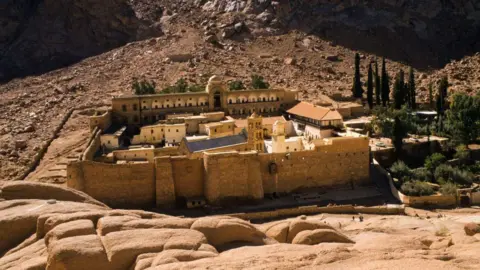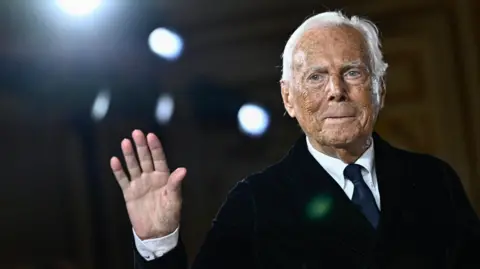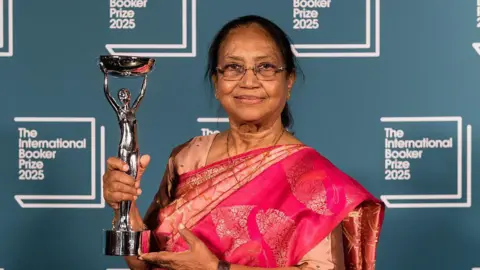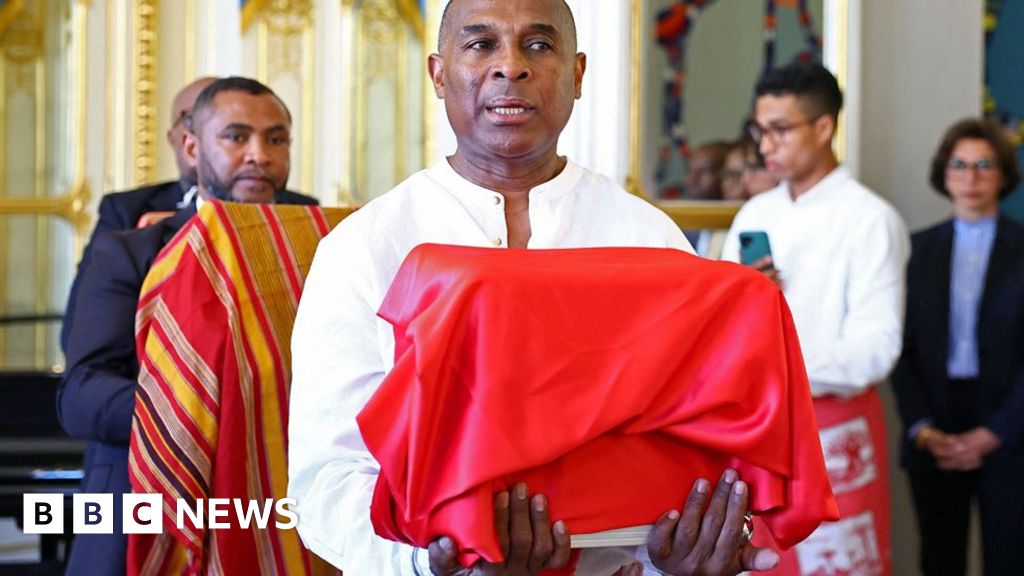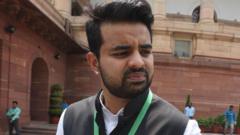In recent weeks, a series of exhibitions have emerged across India, focusing on the little-known but culturally significant textile traditions. Highlighting the gamchha, a versatile scarf familiar to many, a recent display in Delhi titled "Gamchha: From the Ordinary to the Extraordinary" brought together over 250 pieces from 14 states, emphasizing its variations across regions. The gamchha, traditionally used as a towel, turban, and more, is now being celebrated as a social equality symbol, as noted by textiles expert Jaya Jaitly, founder of the Dastkari Haat Samiti.
The ongoing exhibitions underscore the shifting perspectives within India's textile landscape, steering away from mainstream, glamour-centric displays towards showcasing the work and stories of local artisans. According to Ritu Sethi of India's Crafts Revival Trust, platforms like Instagram are helping to unravel the anonymity of craftspeople and connect them directly with audiences.
One notable exhibition, “Textiles of Bengal: A Shared Legacy,” in Kolkata, aims to unify Bengal's textile narratives, showcasing pieces from the 17th century to the present, including rare Jamdani sarees and Haji Rumals that serve as a link between India and the traditional textiles of Bangladesh. Cultural performances enrich these exhibitions, bringing life to the crafts on display.
Another exhibition, “Pampa: Textiles of Karnataka,” recently held in Hampi, featured unique textiles from various communities, including the Lambanis and Siddhi tribes, highlighting their rich fabric-making traditions while documenting the struggles of marginalized groups.
Additionally, innovative artists are redefining textile use in contemporary contexts, as seen in the “Surface: An Exhibition of Indian Embroideries and Surface Embellishment as Art,” which exhibited textile artwork beyond traditional forms.
With efforts like the Devi Art Foundation’s “Pehchaan” project, which surveys textile ideas spanning over 500 years, there is a growing recognition on the importance of documenting textile history. Without such archives, future designers risk losing vital inspiration rooted in their culture.
The momentum generated by these exhibitions hints at a promising future for Indian textiles, fostering an inclusive and expansive approach to the industry. Curators and enthusiasts are optimistic about building new audiences and inspiring the next generation of artisans to reclaim their textile heritage with pride.
The ongoing exhibitions underscore the shifting perspectives within India's textile landscape, steering away from mainstream, glamour-centric displays towards showcasing the work and stories of local artisans. According to Ritu Sethi of India's Crafts Revival Trust, platforms like Instagram are helping to unravel the anonymity of craftspeople and connect them directly with audiences.
One notable exhibition, “Textiles of Bengal: A Shared Legacy,” in Kolkata, aims to unify Bengal's textile narratives, showcasing pieces from the 17th century to the present, including rare Jamdani sarees and Haji Rumals that serve as a link between India and the traditional textiles of Bangladesh. Cultural performances enrich these exhibitions, bringing life to the crafts on display.
Another exhibition, “Pampa: Textiles of Karnataka,” recently held in Hampi, featured unique textiles from various communities, including the Lambanis and Siddhi tribes, highlighting their rich fabric-making traditions while documenting the struggles of marginalized groups.
Additionally, innovative artists are redefining textile use in contemporary contexts, as seen in the “Surface: An Exhibition of Indian Embroideries and Surface Embellishment as Art,” which exhibited textile artwork beyond traditional forms.
With efforts like the Devi Art Foundation’s “Pehchaan” project, which surveys textile ideas spanning over 500 years, there is a growing recognition on the importance of documenting textile history. Without such archives, future designers risk losing vital inspiration rooted in their culture.
The momentum generated by these exhibitions hints at a promising future for Indian textiles, fostering an inclusive and expansive approach to the industry. Curators and enthusiasts are optimistic about building new audiences and inspiring the next generation of artisans to reclaim their textile heritage with pride.



